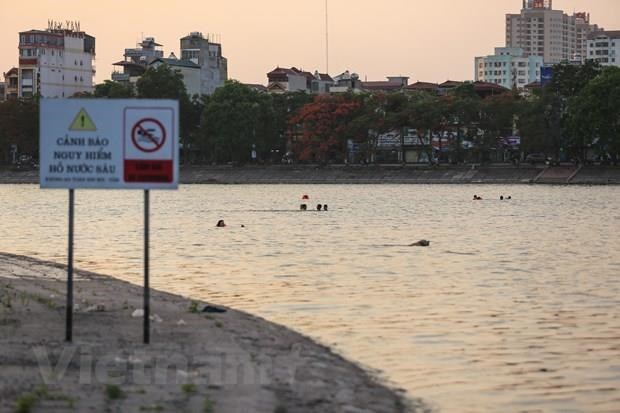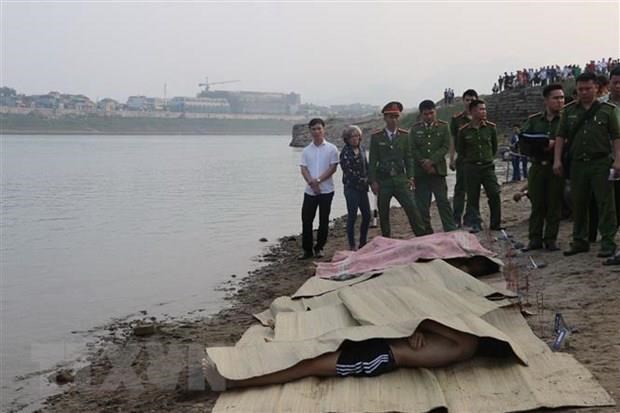Action Month for Children: Minimising child mortality due to drowning
 (Photo: Vietnam+)
(Photo: Vietnam+)Drowning is the leading cause of death by injury for children in Vietnam. Drowning mainly happens in summer as the weather becomes hotter and more children go to seas, rivers, streams for swimming.
Our mission is to provide children with survival swimming skills that could save their life, as well as water safety education to help them make good choices around water – especially when unsupervised.
Given the urgent requirement, this year’s action month for children focuses on three topics with drowning prevention for children becoming a main theme.
Highest drowning rate in Southeast Asia
Statistics by Departments of Labour, Invalids and Social Affairs of cities and provinces nationwide show that as many as 133 child deaths were reported in the first four months of 2019. Particularly, localities with high rates of mortality include Quang Ninh province, eight deaths, Hoa Binh and Nghe An provinces, three deaths each.
 Child deaths due to drowning in Hoa Binh province (Photo:VNA)
Child deaths due to drowning in Hoa Binh province (Photo:VNA)Drowning is the leading cause of death by injury for children. Around 2,000 children were killed each year during 2015-2017 period.
It is reported that 16 people drown every day in Vietnam, the highest rate in Southeast Asia and eight times that of developed countries.
There are many factors that contribute to these numbers. Vietnam has thousands of miles of waterways, including 2,000km of coastline which is vulnerable to extreme tides and the monsoon season. Flash flood is a regular occurrence, particularly in rural and mountainous areas.
In addition, swimming and water safety education is limited, with a shortage of qualified swimming teachers, few safe places for children to learn to swim, and water safety not being part of the curriculum.
Also, children are often unsupervised when parents have to work, especially during the school holidays. Approximately 50% of the population lives in rural areas where large rice paddies and other bodies of water are close to homes.
How to curb the situation
Speaking at the launching ceremony for the Action Month for Children 2019 in May, Deputy Prime Minister Vu Duc Dam pointed out that only 1,000 out of the 50,000 schools nationwide had taught swimming and how to avoid drowning. The new swimming program aims to get at least 3,000 to 5,000 students into lessons. The deputy prime minister also stated the need for children and parents to ‘prevent and respond to emergencies as well as how to save others.’

Statistics by the Ministry of Labour, Invalids and Social Affairs show that child mortality due to drowning accounts for 77 percent in community, 22 percent in families and only one percent at schools.
What’s significant are the growing requirements of local authorities to have parents attend some of the programs to spread awareness of the dangers when swimming. This marks a shift which could make all the difference in reducing the death toll from drowning for both the young and old.
In many ways, involving and teaching the parents as well as kids about the hazards of swimming areas – especially in rural areas where kids swim in rice paddies, ponds, rivers, construction site ponds and so on – being aware of where your children are outside of school time, and supervising them would certainly had a significant effect on childhood drowning deaths.
As of October 30, 2018, Vietnam has 4,689 swimming pools, serving as an immediate solution meeting the pressing demand of popularisation of swimming amongst children.
The Ministry of Labour, Invalids and Social Affairs said during the Action Month for Children, localities have focused on training drowning prevention skills for children in a bid to ensure them a safe summer holiday.
The Ministry has also collaborated with the Ministry of Education and Training and the Ministry of Culture, Sports and Tourism in compiling swimming materials.-VNA













